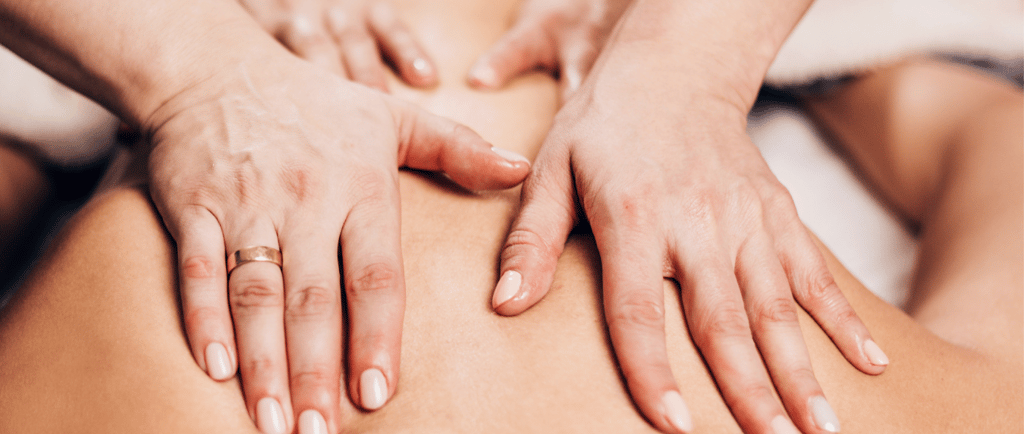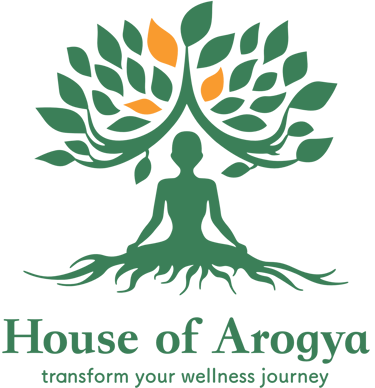Abhyanga: What It Is, What Happens, and Its Key Benefits
Discover Abhyanga — the classic Ayurvedic oil massage. Learn what happens during a session, its many benefits for stress, skin, joints, and how it fits into your wellness routine.


What is Abhyanga?
Abhyanga is a full-body Ayurvedic oil massage using warm, dosha-specific oils.
In Ayurveda, Abhyanga (abhi = “towards,” anga = “limbs/body”) is a traditional practice of applying warm herbalized oil over the entire body to nourish tissues, calm the mind, and balance the doshas. It is considered part of daily self-care (dinacharya) as well as therapeutic treatment.
Abhyanga is distinct from a typical spa massage because it emphasizes rhythms, synchronization, and absorption of medicated oils—not just muscle kneading. Through gentle strokes, circular motions on joints, and attention to marma (vital) points, it aims to harmonize body, mind, and subtle energies.
What happens during an Abhyanga session?
During an Abhyanga session, the practitioner applies warm oil and massages the body using rhythmic strokes.
Your therapist begins by warming an herbal oil blend tailored to your dosha or imbalance. You will lie down (usually unclothed or draped) and the oil is applied over the head, limbs, torso, back, and joints. The strokes are synchronized—often moving outward from center or in the direction of arterial flow or hair growth—and include long sweeping motions, circular motions on joints, and gentle pressure on marma points.
The practitioner may employ light pressure over sensitive areas (abdomen, chest, face) and firmer pressure over limbs. After the massage, you rest for a few minutes to allow absorption. Often, a warm bath or gentle steam follows to support detoxification. Some sessions may combine with Svedana (sweat therapy) or herbal wraps as adjuncts.
If you do self-Abhyanga, you warm the oil, apply it yourself in systematic strokes (head to toe), then wait before showering (without harsh soaps).
What are the benefits of Abhyanga?
Many — from stress relief to better skin, stronger joints, and a calmer mind.
Reduces stress and calms the nervous system.
Clinical studies and pilot trials show that Abhyanga can reduce subjective stress levels and lower heart rate. The rhythmic massage and warming oils help shift the body into its parasympathetic (rest-and-digest) state.
Lowers blood pressure (especially in prehypertension).
In that same pilot study, blood pressure reduction was observed in those with prehypertension. This is likely due to improved circulation and reduced vascular resistance from massage.
Improves skin health and appearance.
The oil nourishes and hydrates the skin, improving softness, glow, and tone. Massage also boosts blood flow to the skin, supporting renewal and texture. Some claim reduced appearance of scars or cellulite over time.
Relieves muscle stiffness and joint discomfort.
The warmed oil and massage help loosen tight muscles, reduce stiffness, and improve flexibility. Joint lubrication improves from the oil and motion.
Supports detoxification and lymphatic flow.
Massage encourages movement in lymphatic channels, aiding removal of waste and reducing stagnation. The oil and gentle heating help loosen “ama” (toxins) and push them toward elimination pathways.
Nourishes internal tissues (dhatus) and supports longevity.
Ayurveda teaches that Abhyanga penetrates the seven dhatus (tissues: plasma, blood, muscle, fat, bone, marrow, reproductive), promoting nourishment, strength, and delaying aging. It is considered Rasayana (rejuvenative) in classical texts.
Balances the doshas (especially Vata).
Abhyanga pacifies aggravated Vata, which often manifests as dryness, nervousness, poor circulation, and fatigue. It can also benefit Pitta and Kapha imbalances, depending on the oil selection and technique.
Improves sleep quality and mental clarity.
Many clients report deeper, more restful sleep and clearer mental focus after regular Abhyanga. The calming effect on the nervous system and release of tension contribute to better sleep.
Boosts immunity and general vitality.
With improved circulation, detox pathways, and nourishment, the body’s resilience is said to increase.
What are the contraindications or cautions for Abhyanga?
Are there times when Abhyanga should be avoided or modified? Yes — in certain acute or fragile states, Abhyanga may be contraindicated or require caution.
During fever, acute infections, or active illness.
In cases of active inflammation, bleeding disorders, or unhealed wounds.
During heavy menstruation, or menstrual disorders (if heavy).
For people with uncontrolled hypertension (unless managed).
Severe skin conditions like eczema or dermatitis (unless mild/controlled).
In cases of extreme fatigue or severe weakness.
During certain stages of pregnancy (some therapists may avoid or adapt — check with your practitioner).
It's always best to consult with an Ayurvedic doctor or qualified practitioner first, especially if you have chronic conditions or are on medications.
How often and when should you do Abhyanga?
The frequency depends on your constitution, imbalances, and goals.
For daily self-Abhyanga, Ayurveda recommends 5 to 15 minutes as part of one’s morning routine (Dinacharya), especially for Vata types.
For therapeutic sessions, 1 to 3 times per week or as prescribed by your practitioner is common.
Seasonal adjustments: more frequent in dry or windy seasons; lighter or cooler oils in hot weather.
Time of day: morning is preferred; evening is acceptable if it helps with sleep. Avoid heavy oil before vigorous activity.
How do you choose the right oil for Abhyanga?
Which oil is best depends primarily on your dosha (constitution) or vikriti (current imbalance).
Vata types (dryness, cold, nervousness) benefit from heavier, warm oils like sesame, almond, or bhringraj-infused oils.
Pitta types (heat, sensitivity) prefer cooling oils like coconut, sunflower, or sandalwood-infused oils.
Kapha types (moisture, heaviness) use lighter oils like mustard, grapeseed, or blends with stimulating herbs.
Practitioners often use medicated oils (herb-infused) tailored to a person’s condition (e.g., arthritis, insomnia). Seasonal or climate-based adjustments are also made (cooling oils in hot climates, warming oils in cold).
Can I do Abhyanga myself (self-massage)?
Yes — Abhyanga can be done as a self-massage at home, and it’s a key part of Ayurvedic self-care.
Begin by warming a small amount of your chosen oil (e.g., placing the oil bottle in hot water). Use methodical strokes: head → neck → torso → limbs, following directions of hair growth and joint circles. After the massage, rest 10–20 minutes, then take a warm (not hot) shower. Use gentle cleansing—ideally without harsh soap—to let residual oil stay. Even a 5-minute self-Abhyanga is beneficial, but 15 minutes is often recommended to affect deeper tissues.
Why is Abhyanga relevant for me in the Philippines?
Why include Abhyanga in your wellness routine in the Philippines? Because many of the stresses of modern Filipino life—traffic, humidity, irregular meals, screen overload—tend to aggravate Vata and Pitta doshas. Abhyanga brings grounding (countering Vata) and cooling (balancing Pitta).
Our tropical climate means heat and humidity drain us; a well-chosen oil (like coconut or cooling blends) can counter internal heat while delivering moisture. Further, sedentary lifestyles, neck/shoulder tension, and mental fatigue are common—Abhyanga helps with circulation, calming the nervous system, and softening tight muscles.
Additionally, linking Abhyanga with adjacent practices (e.g. Takradhara, Shirodhara, or nasya) helps create a full Ayurvedic wellness ecosystem.
Conclusion & Next Steps
Abhyanga is a timeless Ayurvedic ritual that merges nourishment, relaxation, and subtle balancing in one therapy. By using warm, dosha-tailored oils and rhythmic massage techniques, it helps reduce stress, soothe joints, improve skin, support detox, and calm the mind.
If you’re curious to try Abhyanga, start simple with a self-massage using a small amount of warm oil just 10 minutes in the morning. Or schedule a professional session tailored to your constitution and lifestyle.


